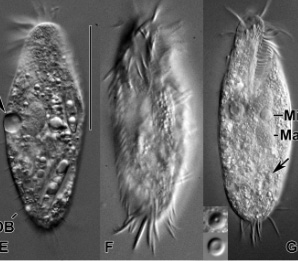Monitor lizards play an important ecological role in many island ecosystems in the southwest Pacific. Predatory mammals have never colonized the region due to the isolation of these islands. Instead, these large, active and intelligent lizards fill the role of top-predators and scavengers. The Pacific monitor lineage have been so successful at oversea dispersal that a number of different species now occupy almost every island from the Moluccas in Indonesia to the eastern Solomon Islands and even Micronesia.
The new species, which can grow to well over a meter in length, was named Varanus semotus, a Latin reference to the remoteness and isolation of the relatively small and partly volcanic island where the lizard was found (Mussau Island).
For the experts: We describe a new species of Varanus from Mussau Island, north-east of New Guinea. The new species is a member of the Varanus indicus species group and is distinguished from all other members by both morphological and molecular genetic characters. It is the third species of Varanus reported from the Bismarck Archipelago and the first record of a yellow tongued member of the Varanus indicus species group from a remote oceanic island. The herpetofauna of Mussau Island has not been well studied but the discovery of this new species is in accordance with recent findings indicating that the island may harbor several unknown endemic vertebrates. The distribution of the closely related Varanus finschi is also discussed in the light of recent fieldwork and a review of old records.



















